
Down in Mexico Part 2: Convenience Retail in Downtown CD Mexico
In downtown Mexico City, the c-store channel displays its own set of distinct characteristics.
This is Part 2 of a 3-part series. Please read Part 1 first for a good lead-in.
In the heart of Ciudad Mexico (CD Mexico), you can walk just a block off the main thoroughfare to get an “at-a-glance” overview of the mega-city’s thriving retail scene. Yes, you’ll find large chains—both familiar and unfamiliar—among the towering hotels and big scale restaurants lining the Paseo de la Reforma, but step off a few feet off of it, and you’ll find a whole other scene:
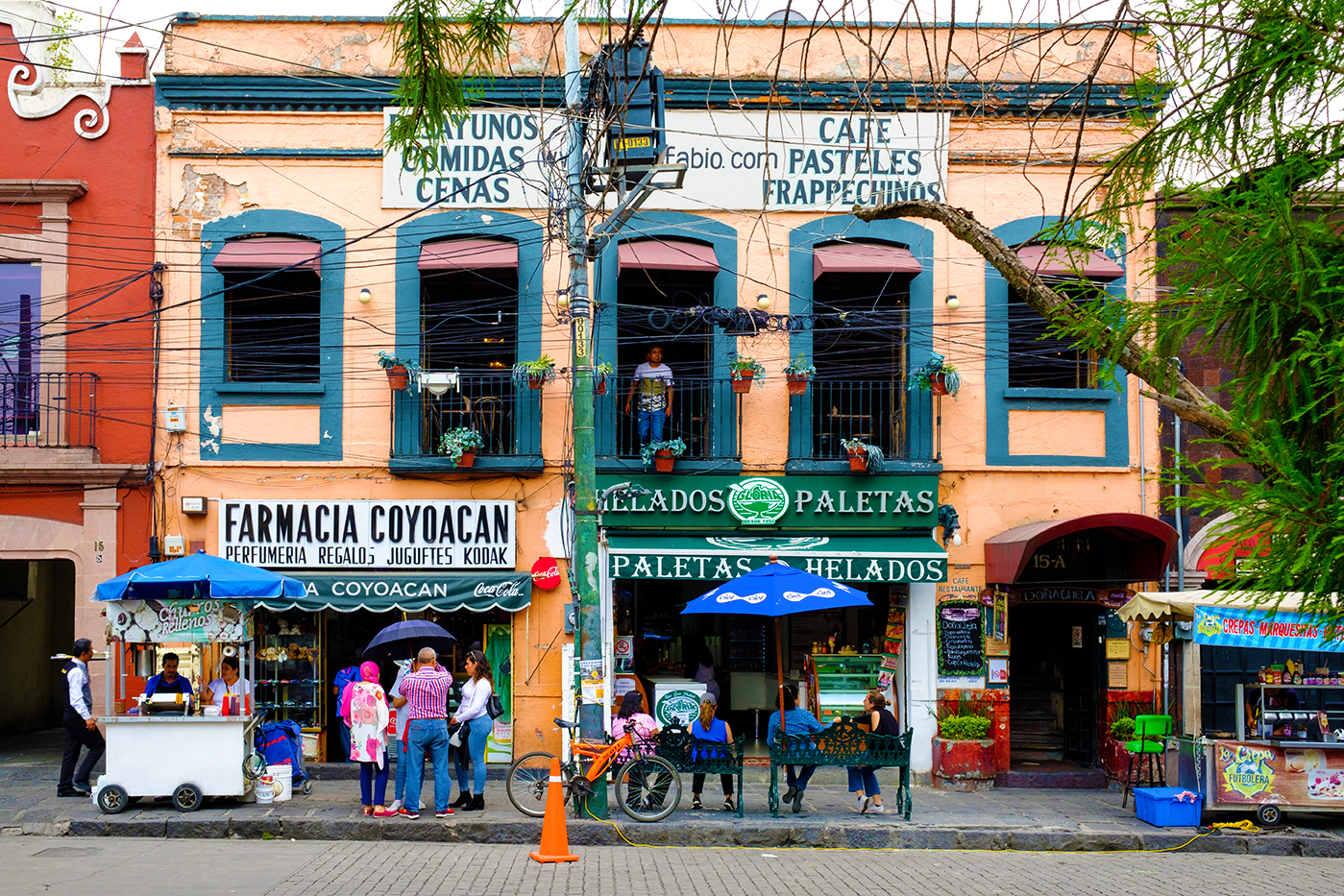
This is where narrow streets are crammed with small-footprinted retailers like books on a shelf, not an inch of space between them. All kinds of mom-and-pop enterprises do business here—from farmacias to candy shops to bakers specializing in the art of the churro.
But the c-store dominates. We’re not exaggerating when we say there’s at least one convenience retailer on every block. Their approach is influenced by the premium on retail space and the close proximity of not-exactly-the-same retailers (including street vendors). The result? These sites have stripped themselves down to their essentials.
Fuel is out of the equation, of course, and we saw lots of independent stores that consisted only of two walls displaying merchandise with a cashier in the back facing out. (Sometimes spinning racks were used for additional display space.)
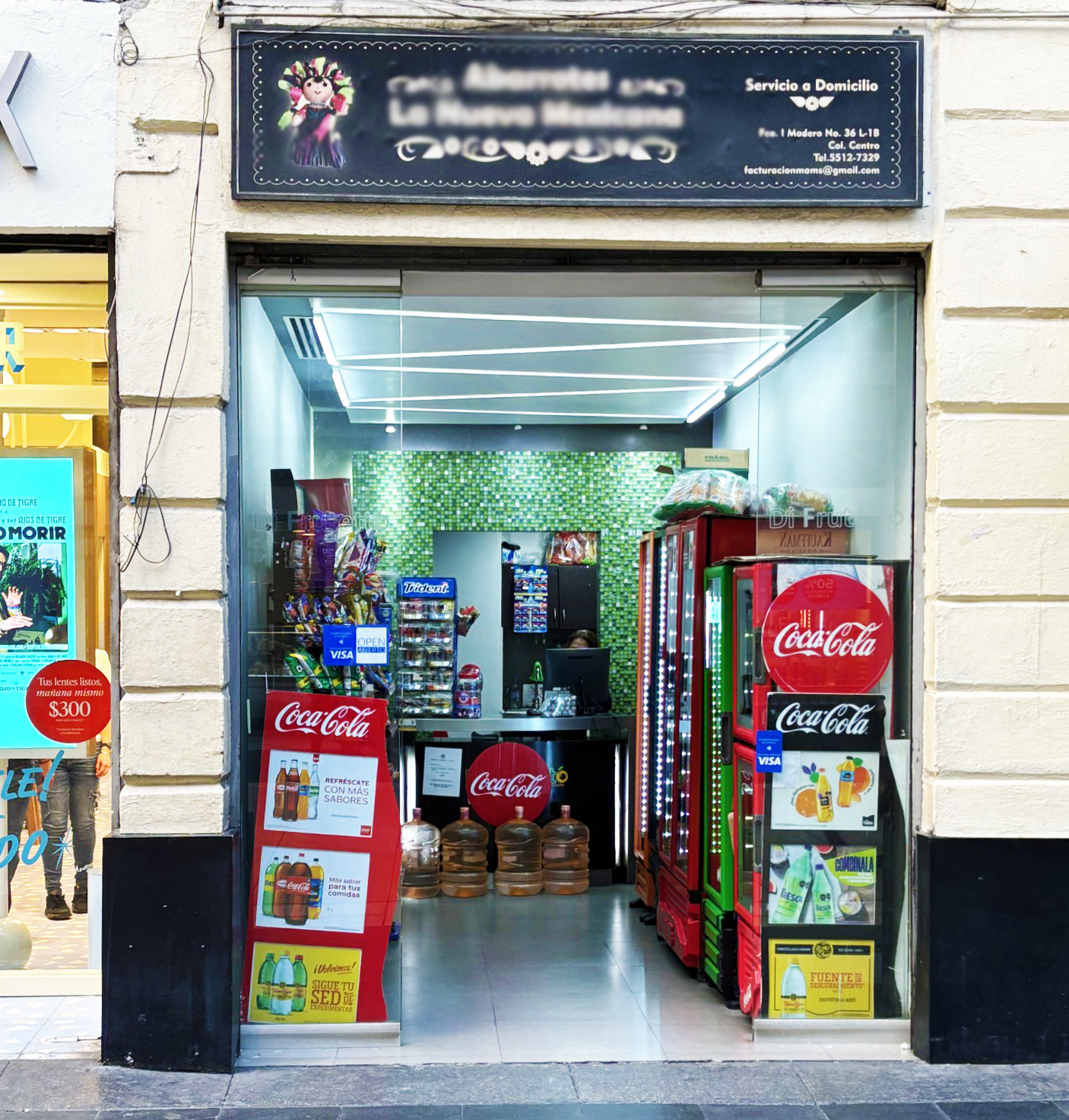
Though salty snacks and soft drinks may seem old hat to the U.S. market, in CD Mexico these types of goods transform the c-store into its own kind of specialty retailer among other specialty retailers—you can’t get these items just anywhere downtown, so the stores thrive within their unique environment; the healthy population of neighborhood c-stores attests to the strategy’s success.
A handful of recognizable chains are prominent, some more familiar to U.S. consumers than others. Perhaps the most widespread was OXXO, one of the largest convenience store companies in Mexico. However, SSCS customer Circle K was not far behind. Note the compact approach of each to its downtown sites:
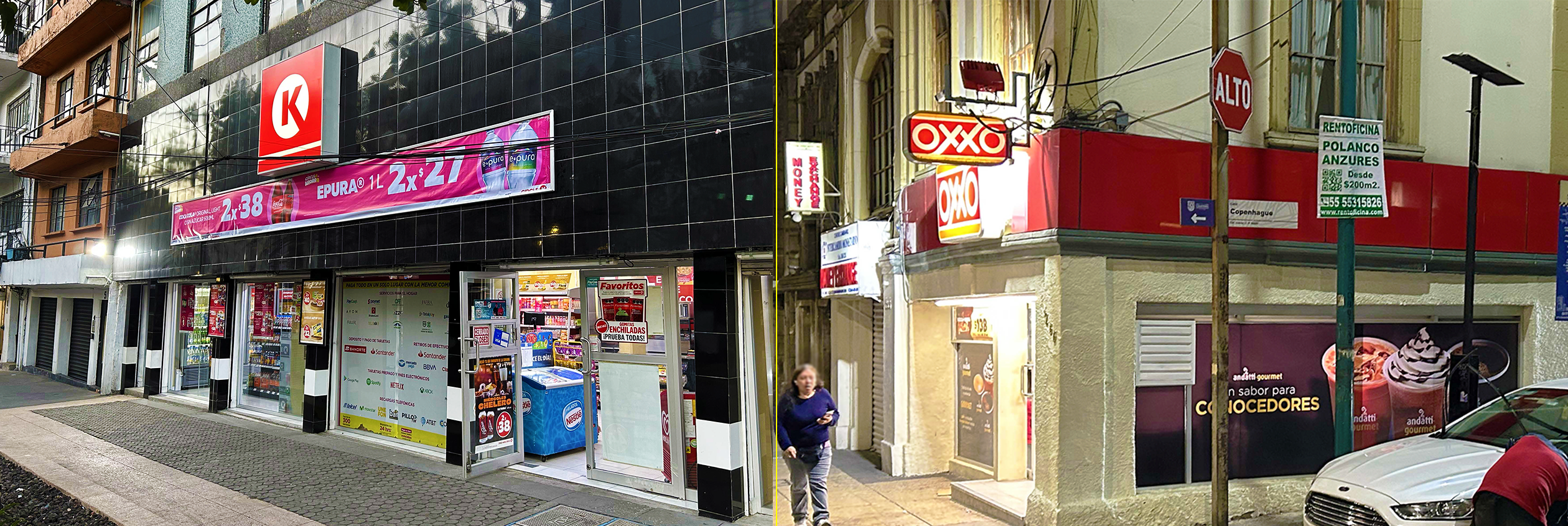
We mentioned street vendors earlier as part of this retail landscape, and while they might be viewed as competitors, by and large c-stores and street vendors in downtown CD Mexico have developed a symbiotic relationship, where each supports the other through complementary products and shared customer bases. It’s not that far of a stretch to think of street vendors as another layer of the ever broadening convenience channel, at least here in the heart of Mexico City.
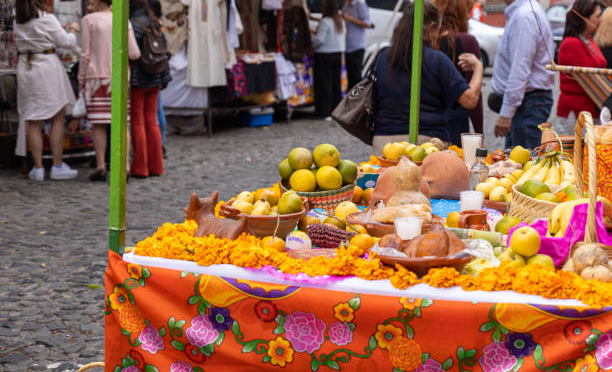
Not to say that all the convenience stores here are super-compact, non-fuel affairs. Once you move outside the tight confines of the city’s core, the real estate parcels get bigger, and retail fuel outlets start to spring up. By far the most prominent gas station brand is Petróleos Mexicanos (PEMEX), which makes sense, since the state-owned petroleum company is the largest oil and gas company in Mexico.
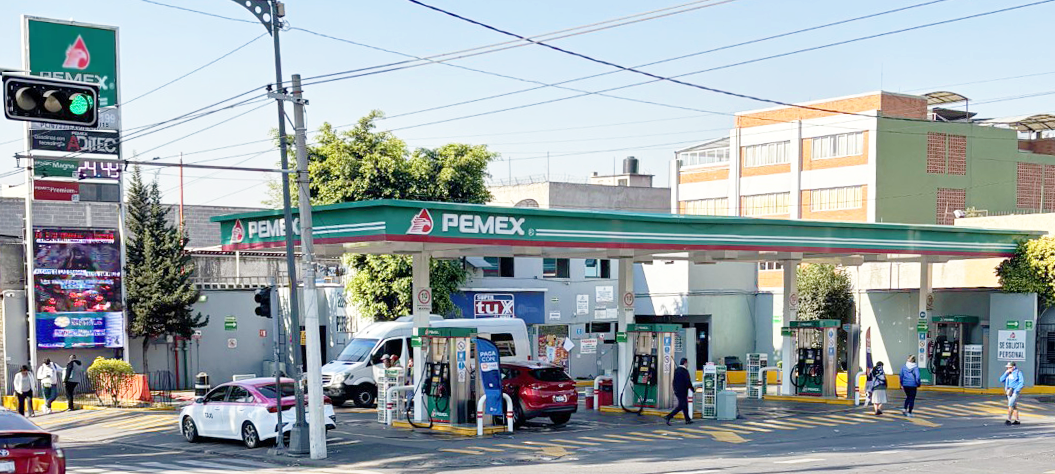
And while PEMEX owns its own c-store brand, GoMart, it wasn’t unusual to see the stations paired up with other c-store brands, particularly OXXO. These stores are more in line with what we see in American c-stores, carrying on an average of 1,500 to 3,000 unique inventory items.
While the approach to the c-store business has gotten more global than ever, thanks to the cross-pollination of ideas made available by instant, far-reaching communication, individual markets are always going to demonstrate their own quirks that defy a cookie-cutter approach to convenience retailing. The c-stores of downtown CD Mexico are an example of how a recognizable model can be tweaked to address unique market characteristics.
Next week will be our last week in Mexico. We’ll celebrate the occasion by taking a little trip outside CD Mexico.






Leave A Comment